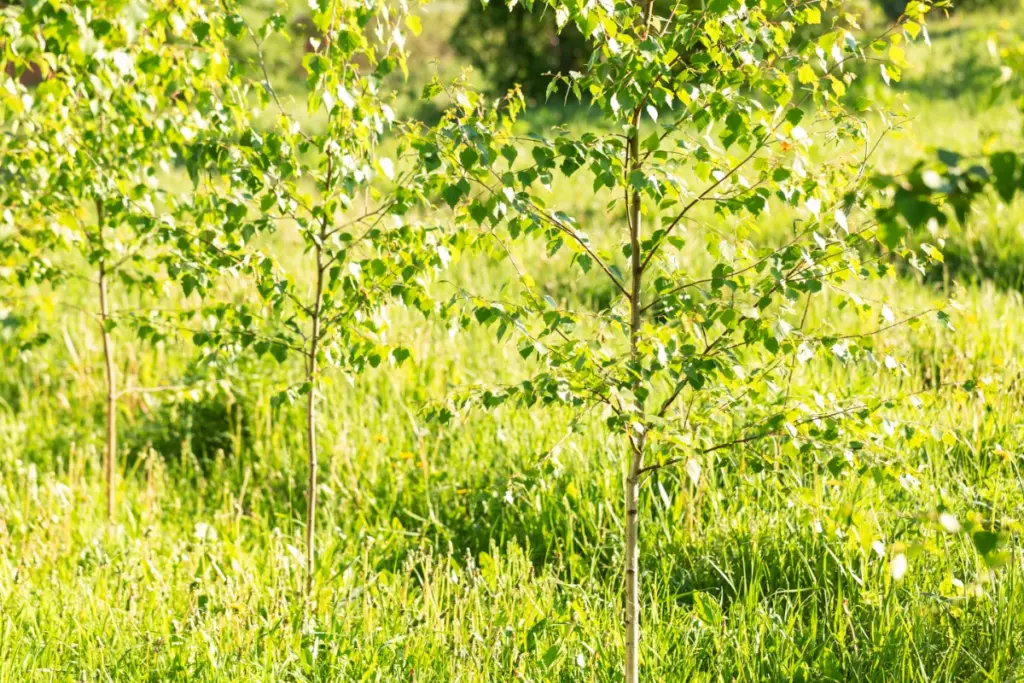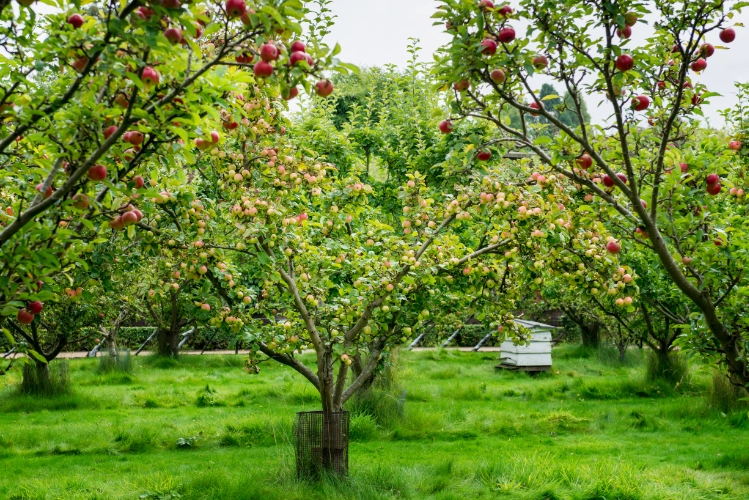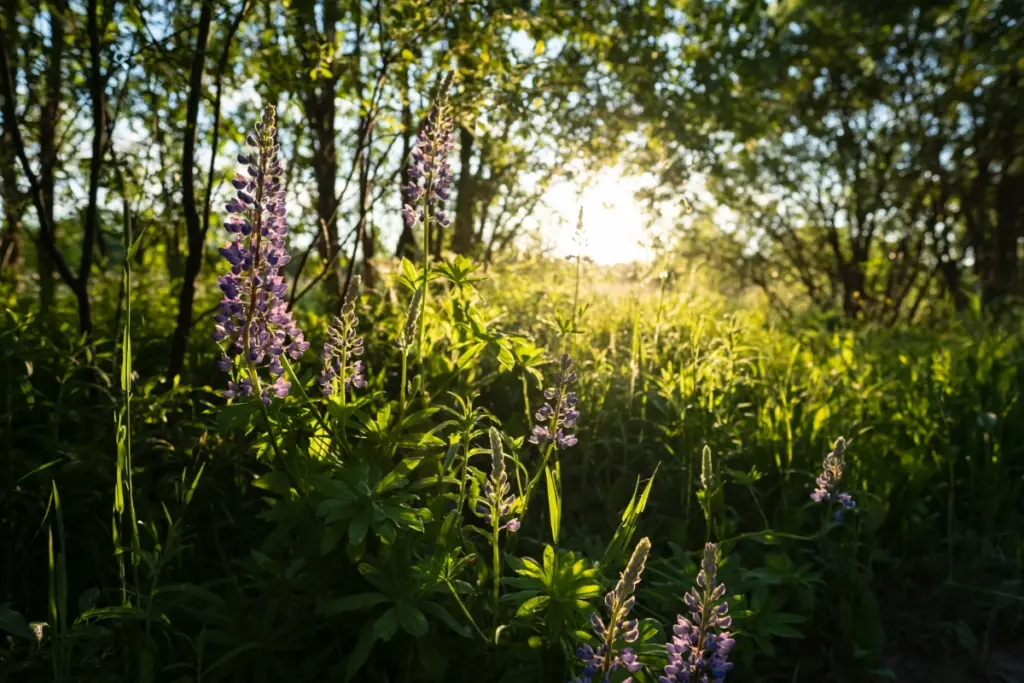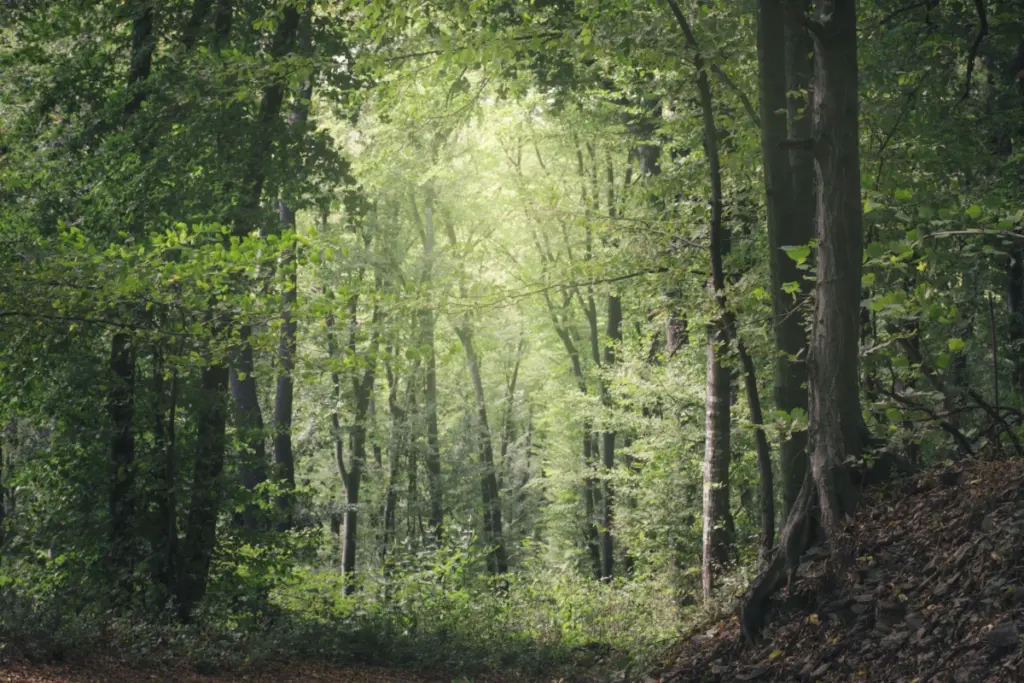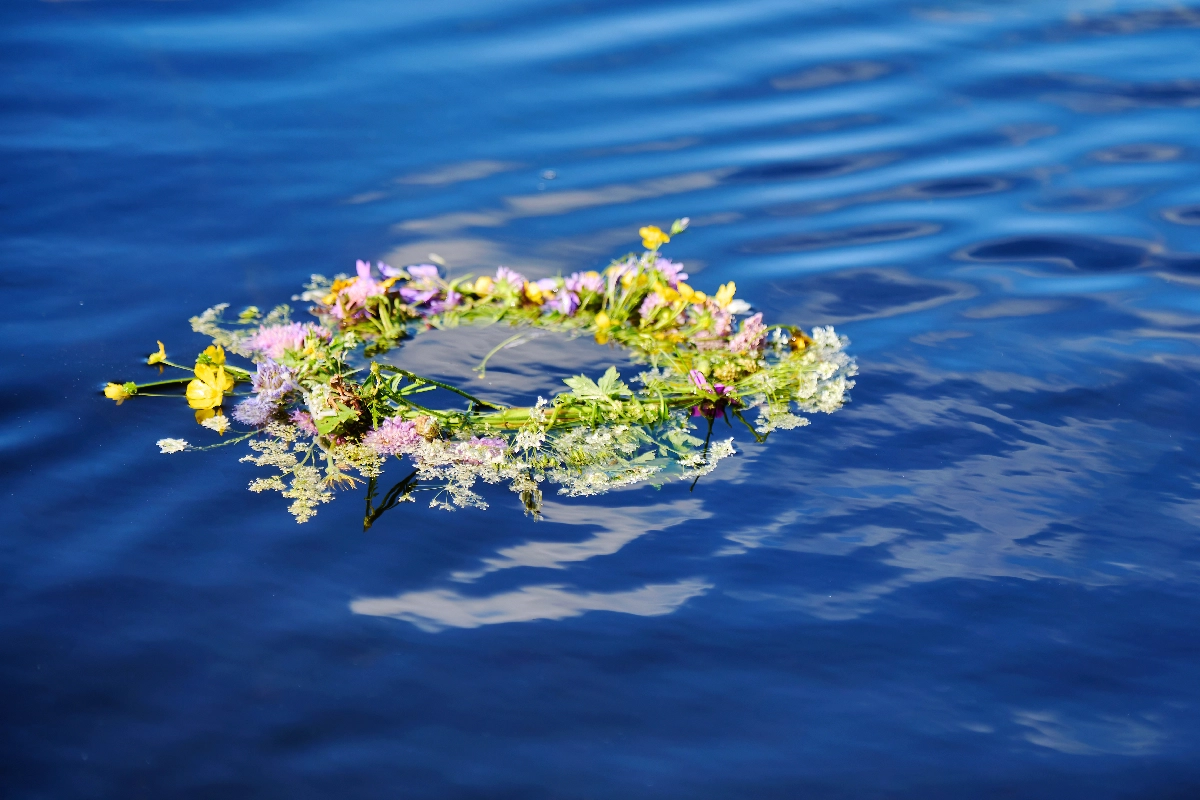In recent years, many families have started looking for greener funeral options. One choice growing in popularity around the world is aquamation, also known as water cremation or alkaline hydrolysis. It’s a gentle process that uses water instead of flames to return a body to its natural elements—while reducing environmental impact.
This guide explains what aquamation is, how it works, and why it may be one of the most eco-friendly end-of-life options available today.
What Is Aquamation?
Aquamation is an alternative to traditional cremation and burial. Instead of fire or earth, it uses a water-based process—a mixture of water, gentle heat, and alkalinity—to accelerate the body’s natural decomposition.
It is scientifically known as alkaline hydrolysis, and it has been used for over 25 years in medical and scientific fields before becoming available for human funerals. Archbishop Desmond Tutu famously chose aquamation for his own farewell, bringing global attention to the process.
How Aquamation Works
The aquamation process mimics the natural decomposition that happens in the soil, but speeds it up:
-
The body is placed in a stainless steel vessel with a solution of 95% water and 5% alkali (usually potassium hydroxide or sodium hydroxide).
-
Gentle heat (not boiling) and movement help the natural breakdown of tissues, leaving only bone material after 6–8 hours.
-
The remaining bones are dried and reduced to ashes—similar to cremation—then returned to the family in an urn.
-
The water solution, containing amino acids, peptides, and nutrients, is sterilised and safely returned to the water system or used for environmental purposes.
Why Choose Aquamation?
People choose aquamation for many reasons, but the most common are environmental care and gentleness of the process.
Lower Carbon Footprint
-
Uses 90% less energy than flame cremation
-
Produces no direct emissions of greenhouse gases or mercury
-
Avoids the need for large amounts of land and long-term maintenance
Gentle and Respectful
-
Uses warm water and natural chemistry, not fire
-
Returns remains in a soft, natural ash form
Safe and Sustainable
-
The water solution is sterile and environmentally safe
-
No burning of coffins, plastics, or synthetic materials
Aquamation vs. Cremation vs. Burial
| Feature | Aquamation | Cremation | Traditional Burial |
|---|---|---|---|
| Environmental impact | Low | Moderate–High | High (chemicals, land use) |
| Energy use | Very low | High | Low–Moderate |
| Emissions | None | CO₂, mercury | Embalming chemicals |
| Land preservation | Yes | Yes | No |
| Process | Water & alkali | Fire | Soil decomposition |
Aquamation
Aquamation offers a gentle, environmentally conscious alternative to traditional cremation or burial. While not yet widely available for human funerals in the UK, it represents a step forward in sustainable funeral practices.
For families who value environmental stewardship, aquamation may one day be as common as flame cremation—offering a farewell that treads lightly on the Earth while honouring life with dignity.
Explore Natural Burial Grounds Across the UK
Search our Directory ➜ Natural Burial Sites Near Me
Find peaceful, eco-friendly burial grounds near you.

